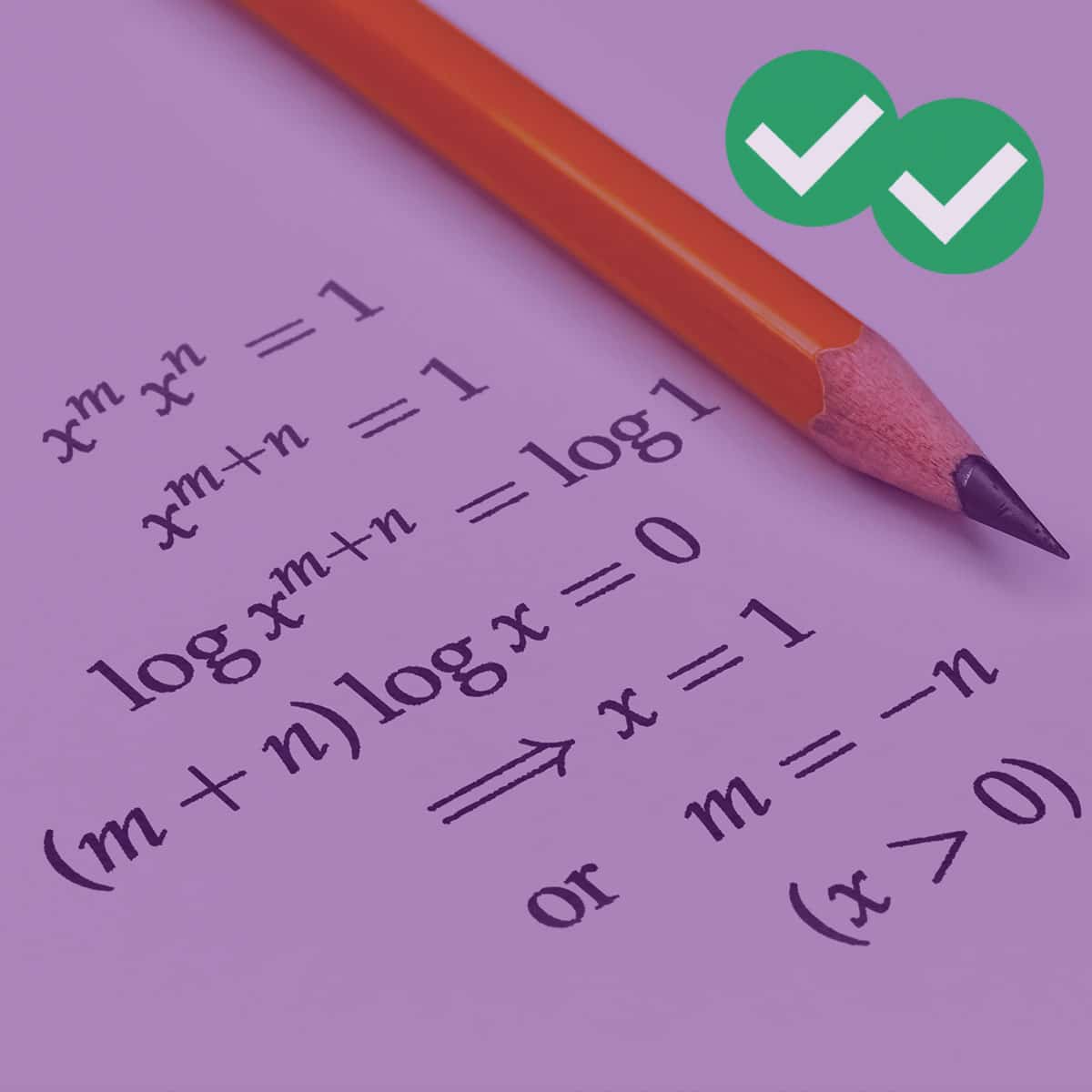First off, here’s a tricky algebraic QC:
1) x > -3
If you find this puzzling, this article discusses an efficient method for handling such problems. Before we talk about that, a quick refresher on a few basic ideas dealing with equations and inequalities.
Intro to Arithmetic
Suppose you have an equation, P = Q. You probably remember that you can add, subtract, multiply, or divide one side of an equation by just about anything, as long as you remember to do the same operation to the other side. The only restriction is — it’s illegal to divide by zero — all other adding & subtracting & multiplying & dividing is perfectly legal.
Now, suppose you have an inequality, P > Q or R < S. It is still 100% legal to add or subtract anything you want to both sides. If you multiply or divide both sides by a positive number, that’s perfectly legal as well. If you multiply or divide by a negative sign, this is also allowed, but it reverses the direction of the inequality —- if P > Q, then (–5)*P < (–5)*Q. Of course, we never can divide by zero, and it’s also problematic to multiply by zero, because that would obliterate the inequality, making both sides equal.
OK, probably all of that was review, but we need that as our ground rules.
A powerful method for solving Quantitative Comparison
For some folks, especially folks with good mathematical intuition, what I am going to explain here will be patently obvious — probably you have already thought of it. But, for folks for whom math is a constant struggle and not particularly intuitive, this new method might bring a landslide of insights.
You see, one way to think about an ordinary variable like x is as a “holder for a number.” In any algebraic equation, such as 2x + 5 = 13, the variable x is holding some as yet unknown number, and of course the goal of most standard algebra is to find what number it is holding.
As you know, the GRE Quantitative Comparisons set a very different task. We are not trying to solve for a number in the ordinary sense. Instead, we are trying to figure out the relationship between columns A & B —- either A > B, A < B, A = B, or we can’t determine the relationship. What is unknown is not a number but a relationship — what mathematicians call a relation. At the outset of a typical GRE QC, the unknown relation could be < or > or =.
I will suggest introducing a “mystery symbol”, which I will denote by the arbitrary combination $!|$. This is a holder, not for an unknown number, but for an unknown relation. We could begin any GRE QC by sticking this mystery symbol between the two columns.
What’s the point of that? Now, we just have a funky symbol between the two columns! How does this help us? Well, think about it. Whether $!|$ stands for < or > or =, there are certain mathematical transactions that are 100% legal. Here is a summary of what we can do to both sides of $!|$:
a. We can add or subtract any number to both sides of $!|$.
b. We can multiply or divide both sides of $!|$ by any positive number.
This opens up a panoply of ways of handling the two columns.
Example solution
I will demonstrate a solution to the QC at the top of the page using this “mystery symbol” method. Begin with the mystery symbol between the content of the columns.
2x – 4 $!|$ 5x + 7
First, because I can subtract any number from both sides, I will subtract 2x from both sides, to get all the x’s on one side.
–4 $!|$ 3x + 7
Now, I will subtract 7 from both sides.
–11 $!|$ 3x
I am allowed to divide by any positive number, so I will divide by 3.
–11/3 $!|$ x
Well, we were told that x > –3, and –3 > –11/3, so the “value” of $!|$ must be <, and column B is bigger.
A Zen twist
Here, I made up the arbitrary symbol $!|$ to demonstrate the idea of handling an unknown relationship, but of course, you don’t actually need this symbol once you understand the idea. You can leave the space between the columns blank and simply follow guidelines (a) & (b) above, doing simultaneous operations on both columns until they are simplified to a form that allows you to decide directly.
Summary
The problem at the top of this article was a relative easy problem — folks with good number sense might have been able to solve it by inspection. Here’s a somewhat more challenging problem in which the same principle can be used with powerful effect.
2) http://gre.magoosh.com/questions/165
Questions about this? Do you have thoughts you would like to share? Let me know in the comments section below! 🙂







Leave a Reply